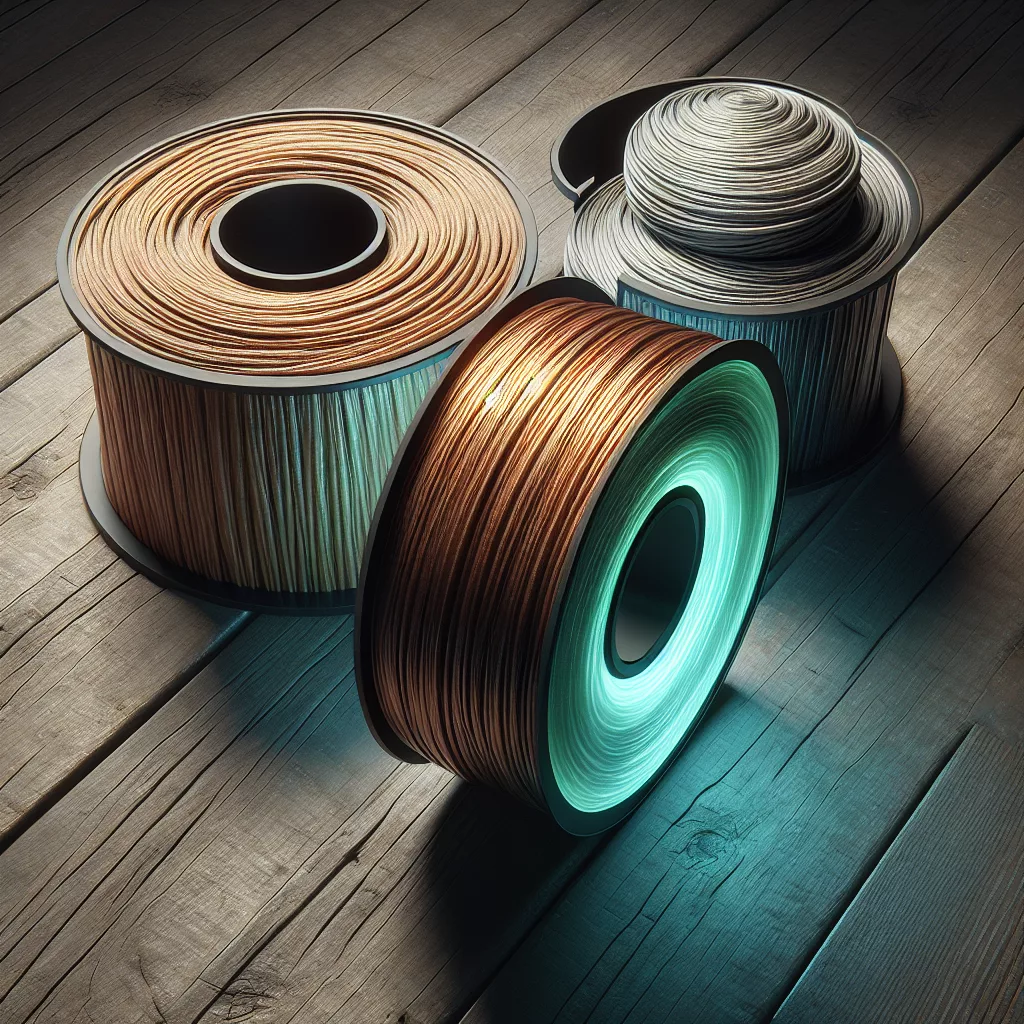Introduction to High-Temperature 3D Printing
In the ever-evolving field of additive manufacturing, high-temperature 3D printing has emerged as a crucial technology. Whether you’re creating functional prototypes, engineering components, or end-use parts that must withstand demanding environments, choosing the right materials is essential. In this article, we’ll explore the best materials available for high-temperature 3D printing and discuss their unique characteristics, advantages, and applications.
Why High-Temperature 3D Printing Matters
Standard 3D printing filaments like PLA and ABS often struggle under extreme conditions, losing mechanical integrity and dimensional accuracy when exposed to high temperatures. As industries such as aerospace, automotive, medical, and electronics advance towards printing functional components, there arises a necessity for materials capable of withstanding heat, chemical exposure, mechanical stress, and more. High-temperature filaments and resins offer significantly improved thermal stability, strength, and chemical resistance, making them ideal choices for these demanding applications.
Top Materials for High-Temperature 3D Printing
1. Polyetheretherketone (PEEK)
PEEK is a semi-crystalline thermoplastic polymer well-known for its exceptional thermal stability, mechanical strength, chemical resistance, and biocompatibility. With a continuous-use temperature rating of approximately 250°C and excellent resistance to harsh chemicals and mechanical wear, PEEK is a preferred choice in aerospace, automotive, medical, and oil & gas industries.
- Key Benefits: Extreme thermal resistance, excellent chemical stability, high strength-to-weight ratio.
- Challenges: Requires specialized printers with high-temperature extruders and heated chambers.
- Typical Applications: Aerospace components, medical implants, gears, and housings for harsh environments.
2. Polyetherimide (PEI) – ULTEM™
ULTEM™ (a brand of PEI produced by SABIC) is another high-performance thermoplastic known for its outstanding thermal stability, flame resistance, and mechanical strength. It has a high glass transition temperature (Tg) around 217°C, allowing usage in hot environments without deforming. Due to its flame-resistant properties, PEI is frequently utilized for aviation interiors and electronics.
- Key Benefits: Excellent thermal stability and flame-retardant properties, strong chemical and dimensional stability.
- Challenges: Like PEEK, requires advanced printing hardware and meticulous print settings.
- Typical Applications: Aerospace components, automotive parts, electrical housings, and heat-resistant fixtures.
3. Polyphenylsulfone (PPSU)
PPSU is an amorphous polymer known for its superior toughness, chemical resistance, and high-temperature performance. It has continuous-use temperatures up to about 180°C and can withstand sterilization methods like autoclaving. It’s ideal for medical and healthcare applications, especially those requiring repeated sterilization.
- Key Benefits: High-temperature stability, excellent toughness, resistant to sterilization, and chemical exposure.
- Challenges: Requires specialized printing conditions and significant printer calibration.
- Typical Applications: Medical devices, surgical instruments, food processing equipment.
4. Polyamide (Nylon) with Carbon or Glass Fiber
Nylon reinforced with carbon or glass fibers offers improved thermal stability, mechanical strength, rigidity, and dimensional accuracy. These composite materials function well at elevated temperatures, withstanding continuous-use conditions up to approximately 150°C to 180°C. Fiber reinforcements also considerably reduce warping, making them more user-friendly compared to more exotic materials like PEEK or PEI.
- Key Benefits: High strength-to-weight ratio, improved heat and chemical resistance due to reinforcement, easier processing compared to high-end thermoplastics.
- Challenges: Abrasive to printer nozzles, requiring hardened steel nozzles or similar.
- Typical Applications: Automotive parts, tooling, jigs, fixtures, and structural components.
5. Polycarbonate (PC)
Polycarbonate is renowned for its toughness, impact strength, and clarity. While not as heat-resistant as PEEK or PEI, PC still offers impressive thermal stability, with a continuous use temperature of around 110°C to 120°C. PC is popular for engineering parts, automotive components, and prototypes requiring durability, transparency, and moderate heat resistance.
- Key Benefits: High impact strength, good heat resistance, transparency (when not reinforced).
- Challenges: Susceptible to warping; requires heated print bed and enclosed chamber for best results.
- Typical Applications: Engineering prototypes, automotive parts, electronic housings, and manufacturing aids.
Choosing the Right Material
Selecting the best material for your high-temperature 3D printing project involves careful consideration of specific application requirements. Ask yourself:
- What temperature range will the part be exposed to?
- Are mechanical strength and chemical resistance critical?
- Does the part require sterilization or exposure to harsh environments?
- Does my printer support the required temperatures and materials?
Answering these questions will help you select the optimal material for your needs, ensuring successful results and performance in real-world applications.
Conclusion
High-temperature 3D printing expands the potential of additive manufacturing across diverse applications and industries. Materials such as PEEK, PEI (ULTEM™), PPSU, reinforced Nylon composites, and PC offer broad possibilities, each uniquely suited to specific environments and requirements. By carefully selecting an appropriate material and ensuring your equipment is properly calibrated and configured, you can unlock the full potential of high-performance additive manufacturing.


Leave a Reply